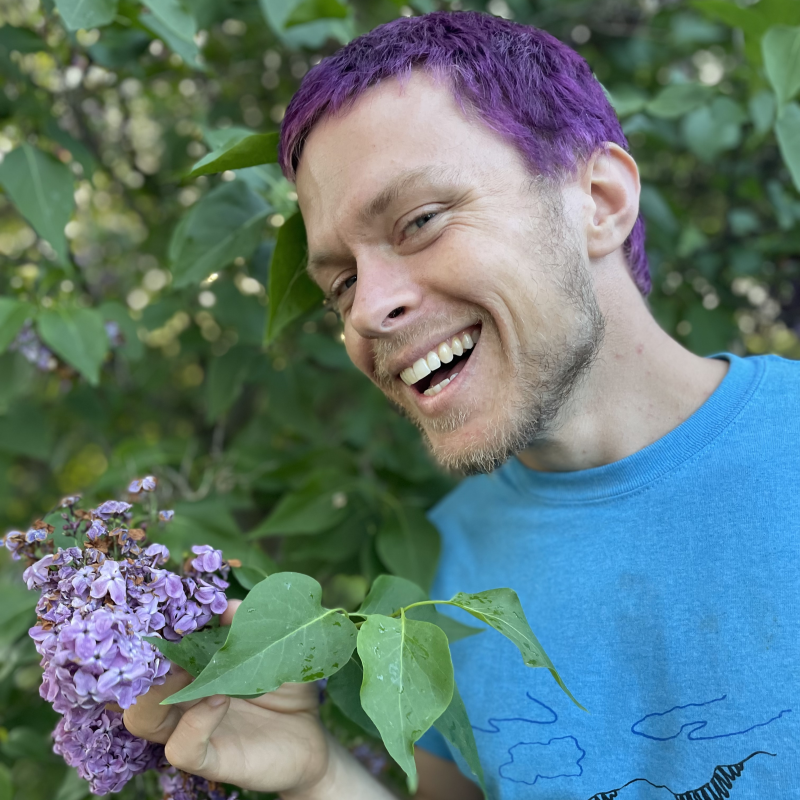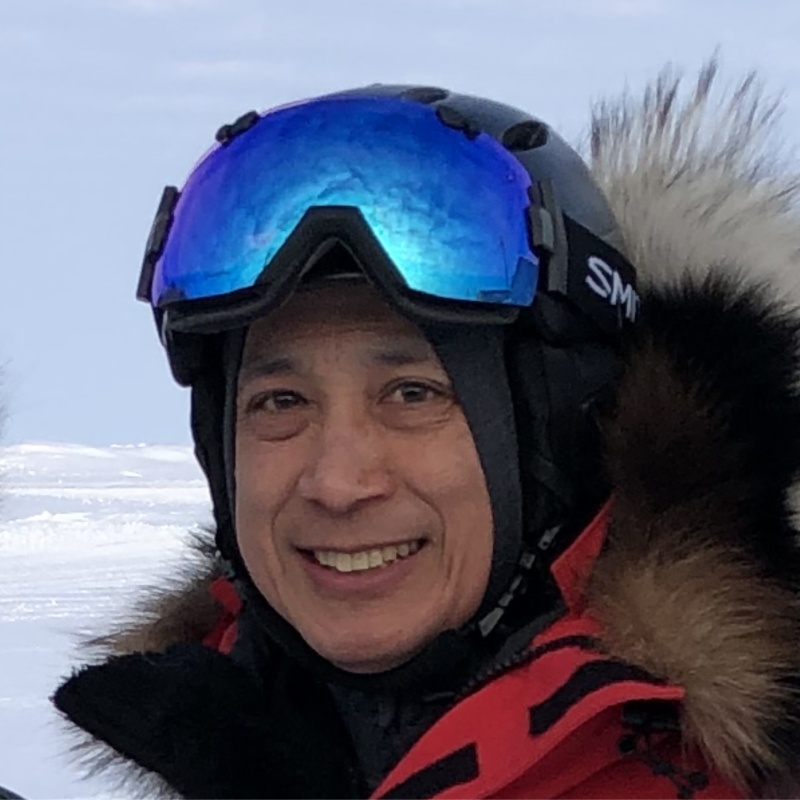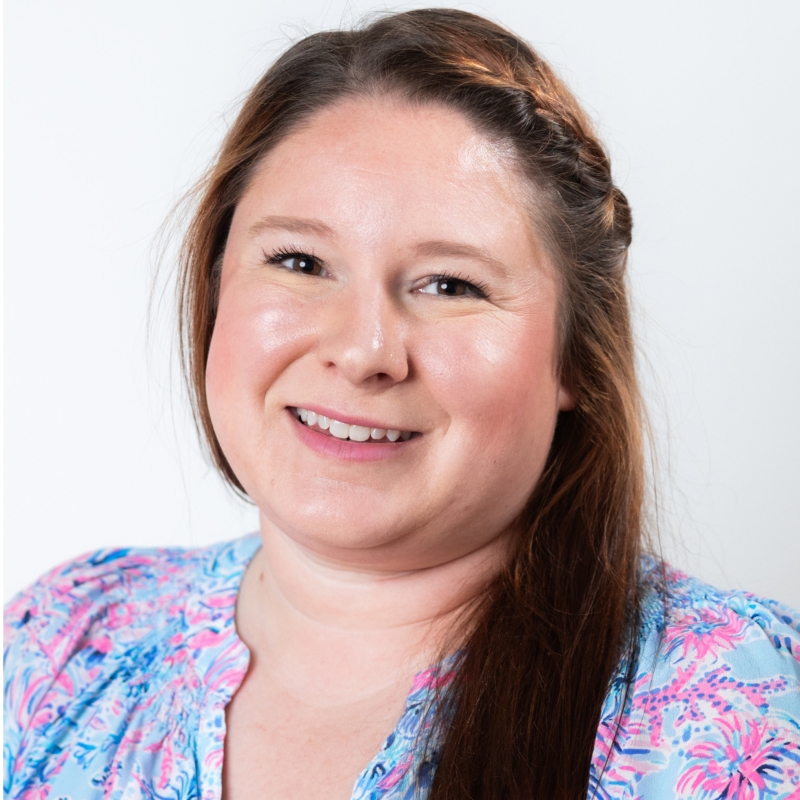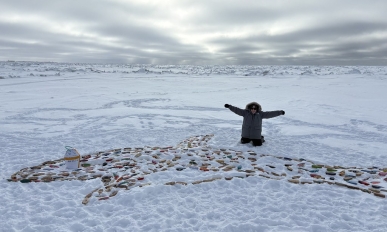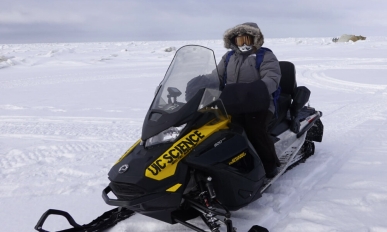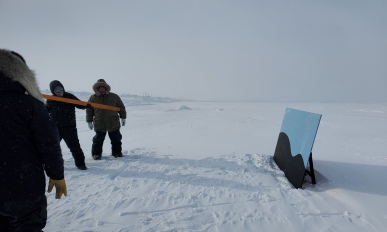Coordination, Data Management and Enhancement of the International Arctic Buoy Programme (IABP), and US Interagency Arctic Buoy Programme (USIABP)
This research studies sea ice and interaction with the ocean and atmosphere and also works on the International Buoy Program. There is a test site around Utqiagvik, Alaska and for the 2024 season, work will likely take place in late March/early April. On site work will include deploying and tracking instrumentation on the sea ice and surrounding areas. This season’s work will also include a two day partnership with Hopson Middle School in Utqiagvik, Alaska where students will participate in learning about the research taking place in their community and participate in traditional activities related to the sea ice.
From the Blog
What started as a fun fact about myself, “I went from the Amazon Rainforest to the Arctic Circle in less than a week!”, became much more than an entertaining anecdote. It has become a powerful experience in place-based education, global connection, and learning across two of the world’s most remote regions. From March through April
As an educator, I’ve always believed in the power of hands-on learning, the idea that the most profound lessons come when students are actively engaged, not just in a classroom, but in real-world environments. That belief flourished when I was privileged enough to participate as an Educator Fellow with the Polar STEAM program. The Polar
Today we got set up and met the local 8th graders out on the ice! For some of them it was the first time they had been on the land-fast sea ice (which is ice that is "fastened" to the coastline). For some, it was old news. It was quite cold (-30F with the windchill), so many students hid in the tents we had set up. The previous days had been relatively warm, hovering around 0-10F degrees. The students were split into groups and rotated between the stations.
© Polar STEAM. All Rights Reserved.
